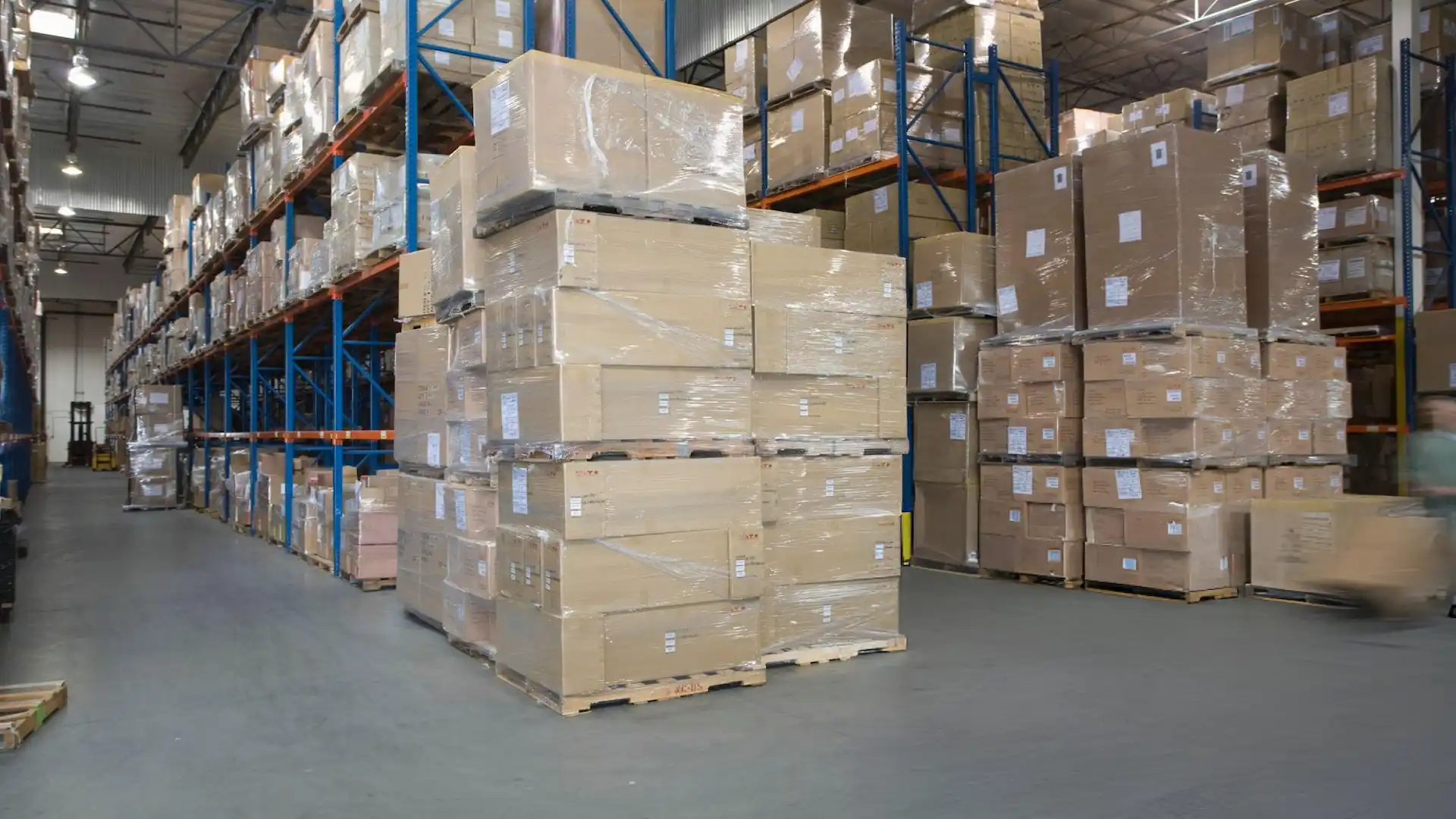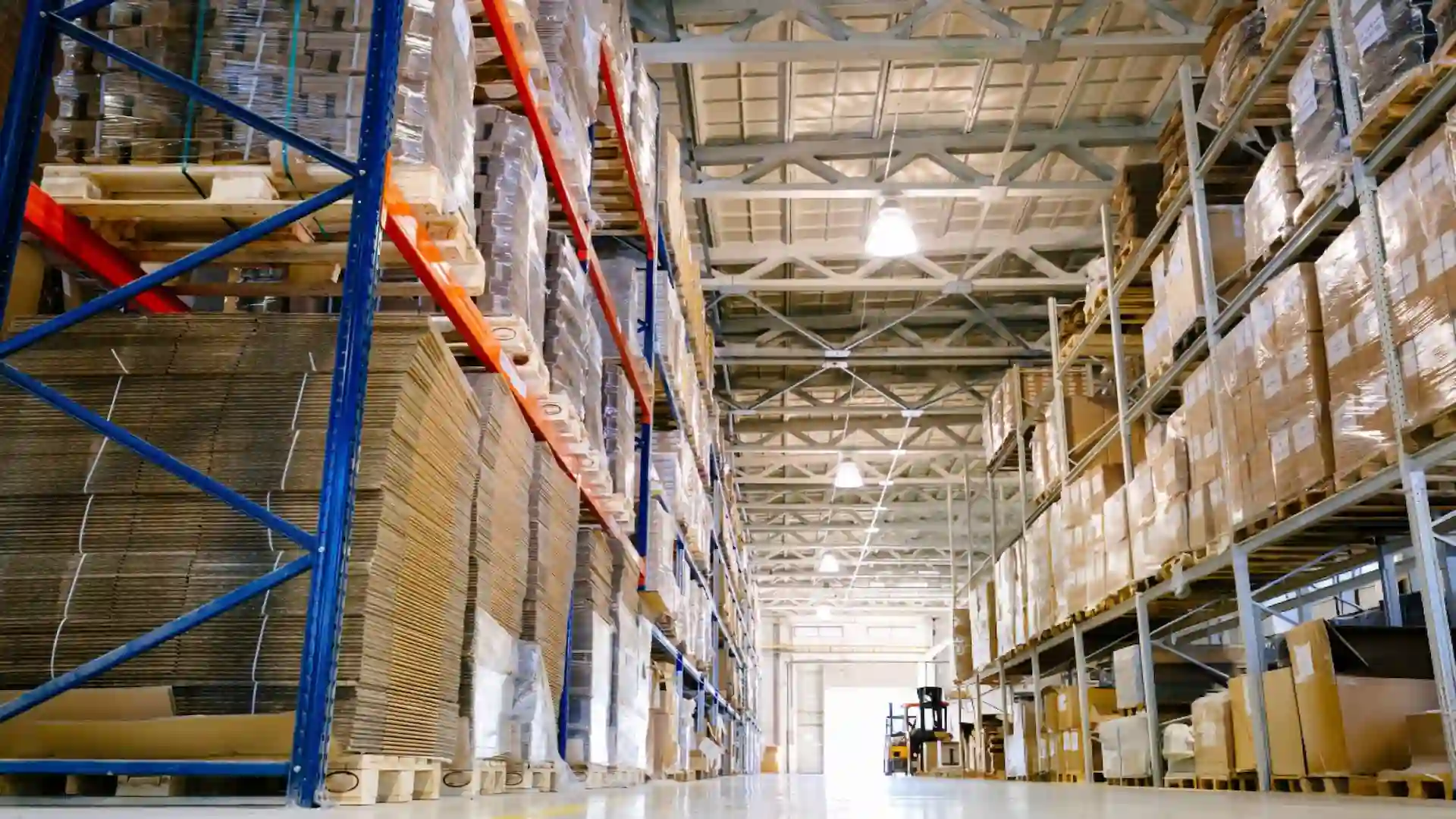The Role of Automation in Streamlining Holiday Fulfillment

The holiday season is the most critical time for e-commerce businesses. With an influx of orders, higher customer expectations, and increased competition, companies are under immense pressure to ensure their holiday fulfillment processes are as efficient as possible. One of the key ways businesses are addressing this challenge is by embracing automation. Automation plays a pivotal role in streamlining everything from inventory management to order processing, making sure that businesses can meet the demands of the season without sacrificing customer satisfaction.
In this blog post, we will dive deep into the various facets of automation and how it contributes to e-commerce efficiency, particularly during the holidays. Whether you're running a small online store or managing a large fulfillment center, understanding the benefits of automated systems is crucial to staying competitive and meeting customer expectations during peak sales periods.
The Importance of Automation in Holiday Fulfillment
As holiday shopping trends increasingly shift online, the demand for faster, more reliable fulfillment has never been higher. Shoppers expect timely delivery, seamless returns, and prompt customer engagement. This means businesses need to ensure their holiday fulfillment strategy is not only scalable but also adaptable to the fluctuations in order volume.
Automation enables companies to optimize their order processing, from receiving the order to ensuring it reaches the customer's doorstep in the shortest possible time. It minimizes human error, improves order accuracy, and reduces bottlenecks that can otherwise result in delays or failed deliveries.
Key Benefits of Automation for Holiday Fulfillment
Scalability and Peak Season Readiness
The holidays bring a massive spike in order volumes, and manual processes can quickly become overwhelmed. Automated solutions ensure that your operations can scale effortlessly. From task automation in warehouse management to robotic process automation in order fulfillment, companies can manage increasing workloads without the need for a larger workforce.
Enhanced Inventory Management
One of the most critical aspects of e-commerce efficiency is managing stock levels during the holiday rush. Automated systems can provide real-time insights into stock availability, enabling better inventory management and preventing overselling or stockouts. Accurate data enables businesses to make informed decisions regarding demand planning and sales forecasting, so they can anticipate which products will be in demand and avoid disappointing customers.
Faster and Accurate Order Processing
When it comes to holiday shopping, speed is everything. Customers expect their orders to be processed and shipped quickly. Automation helps streamline order processing by reducing the time it takes to fulfill orders. With real-time tracking and automated systems, fulfillment centers can optimize picking, packing, and shipping workflows, significantly improving operational efficiency. The result is faster delivery times and enhanced customer satisfaction.
Shipping Optimization
Shipping can be one of the most expensive parts of the fulfillment process, especially during the holidays when expedited services are often in demand. Automation can optimize shipping routes, identify the most cost-effective carriers, and ensure that packages are dispatched with the least amount of delay. This contributes to significant cost savings and boosts performance metrics for logistics.
Improved Workforce Efficiency
While automation takes over repetitive tasks, it also frees up your human workforce to focus on more complex, high-value tasks. This can enhance overall workforce efficiency, enabling your team to handle customer inquiries, oversee operations, or even focus on improving customer engagement. During the holiday rush, this balance between human oversight and task automation ensures that your operations remain flexible and responsive.
The Role of Automation in Fulfillment Centers
Fulfillment centers are the heartbeat of holiday operations. Their efficiency and accuracy are critical in ensuring that orders are fulfilled correctly and on time. As these centers scale for peak season, automation becomes a crucial enabler of their operations. Here's how:
Warehouse Management and Supply Chain Automation
Automation in warehouse management has evolved significantly, enabling businesses to optimize how goods are received, stored, and picked for shipment. Supply chain automation includes robotic arms, automated storage and retrieval systems (AS/RS), and even drones, all of which work together to streamline holiday fulfillment.
With automated solutions, warehouses can manage larger volumes of goods with fewer errors. Products are picked faster, packed more efficiently, and shipped without delay, contributing to error reduction and ensuring order accuracy. This kind of efficiency not only speeds up operations but also cuts down on operational costs, ensuring a smooth fulfillment process even when the pressure is high.
Real-Time Tracking and Data Analytics
One of the biggest advantages of automated systems is their ability to provide real-time insights into your operations. Whether it's tracking an order from the warehouse to the customer's doorstep or analyzing productivity on the fulfillment floor, automation allows for enhanced visibility across your supply chain.
By integrating data analytics into your holiday fulfillment strategy, businesses can track performance, identify bottlenecks, and make data-driven decisions to improve processes. This real-time data enables more accurate sales forecasting and better demand planning, ensuring that your inventory levels are always in sync with customer demand.
Boosting Customer Experience Through Automation
During the holiday season, customer expectations skyrocket. Shoppers want their orders fulfilled quickly and accurately, and any delay can impact their overall shopping experience. Automation helps deliver on these expectations by enhancing every touchpoint of the customer experience.
Faster Responses and Seamless Integration
Automation enables businesses to deliver faster responses to customer inquiries. Whether it’s through chatbots, automated emails, or AI solutions, automation ensures that customers receive prompt updates about their order status, returns, or shipping delays. This responsiveness plays a huge role in maintaining customer satisfaction during the busiest time of the year.
Additionally, automation tools can integrate seamlessly with existing systems such as e-commerce platforms and shipping carriers. This seamless integration allows for a unified approach to order management, shipping, and customer communication, reducing the likelihood of errors and ensuring a more cohesive customer journey.
Returns Management and Process Optimization
The holidays also come with an increase in returns, and managing this process efficiently is crucial to maintaining profitability and customer trust. Automated return systems make it easier for customers to initiate returns, print labels, and receive refunds. Businesses can also streamline the processing of returned goods, ensuring that they are restocked or disposed of quickly and efficiently.
Automation in return management not only speeds up this process but also ensures a more accurate tracking of returned items, which in turn helps businesses manage their inventory more effectively.
Challenges and Considerations in Adopting Automation
While the benefits of automation in holiday fulfillment are clear, businesses must be mindful of the challenges that come with adopting these technologies.
Initial Investment
Setting up automated systems can require a significant upfront investment. From purchasing equipment to training staff, businesses need to be prepared for the initial costs. However, the long-term gains in productivity, cost savings, and customer satisfaction make this investment worthwhile.
Technology Adoption
Not all businesses are ready to integrate automation into their operations. For smaller companies, adopting automated systems might seem overwhelming. However, starting with smaller-scale automated responses or task automation tools can help ease the transition.
Scalability and Flexibility
Automation systems need to be scalable and flexible enough to adapt to changing business needs. As the volume of orders fluctuates during the holidays, businesses need to ensure their systems can handle the increase while maintaining high levels of performance.
Conclusion: The Future of Holiday Fulfillment Is Automated
Automation is no longer a luxury; it's a necessity for businesses that want to thrive during the holiday season. By streamlining processes like inventory management, order processing, and shipping optimization, automation enables companies to achieve greater e-commerce efficiency. Moreover, automated systems can provide the flexibility, scalability, and speed required to meet the demands of peak season, all while delivering a superior customer experience.
As technology continues to evolve, automation will only become more integral to holiday fulfillment strategies. Businesses that embrace this digital transformation will not only survive the holiday rush but also position themselves for long-term success in an increasingly competitive market.
FAQ: Automation in Streamlining Holiday Fulfillment
How does automation improve holiday fulfillment?
Automation enhances holiday fulfillment by streamlining processes like inventory management, order processing, and shipping optimization. With automated systems, businesses can handle higher order volumes, reduce errors, and speed up delivery times, ensuring greater customer satisfaction during peak shopping seasons.
What are the benefits of using automation for e-commerce during the holidays?
The key benefits of automation in e-commerce include improved order accuracy, faster order fulfillment, reduced operational costs, and enhanced inventory management. Automation also allows for scalability during the holidays, ensuring businesses can handle increased demand without sacrificing efficiency.
How does supply chain automation help with peak season readiness?
Supply chain automation prepares businesses for peak season by optimizing warehouse management, improving order picking and packing processes, and ensuring real-time tracking of shipments. This allows businesses to scale operations quickly, reduce delays, and enhance customer experience during high-demand periods like the holidays.
Can automation help reduce shipping delays during the holiday rush?
Yes, automation significantly reduces shipping delays by optimizing shipping routes, automating carrier selection, and providing real-time updates. By integrating shipping optimization with logistics solutions, businesses can ensure faster delivery times even during the holiday rush, improving overall fulfillment efficiency.
Is automation cost-effective for small businesses during holiday fulfillment?
While there may be initial investment costs, automation is highly cost-effective for small businesses in the long run. It reduces manual errors, improves workforce efficiency, and streamlines return management, resulting in significant cost savings and better customer satisfaction, especially during the busy holiday season.

.svg)
.svg)
.svg)




